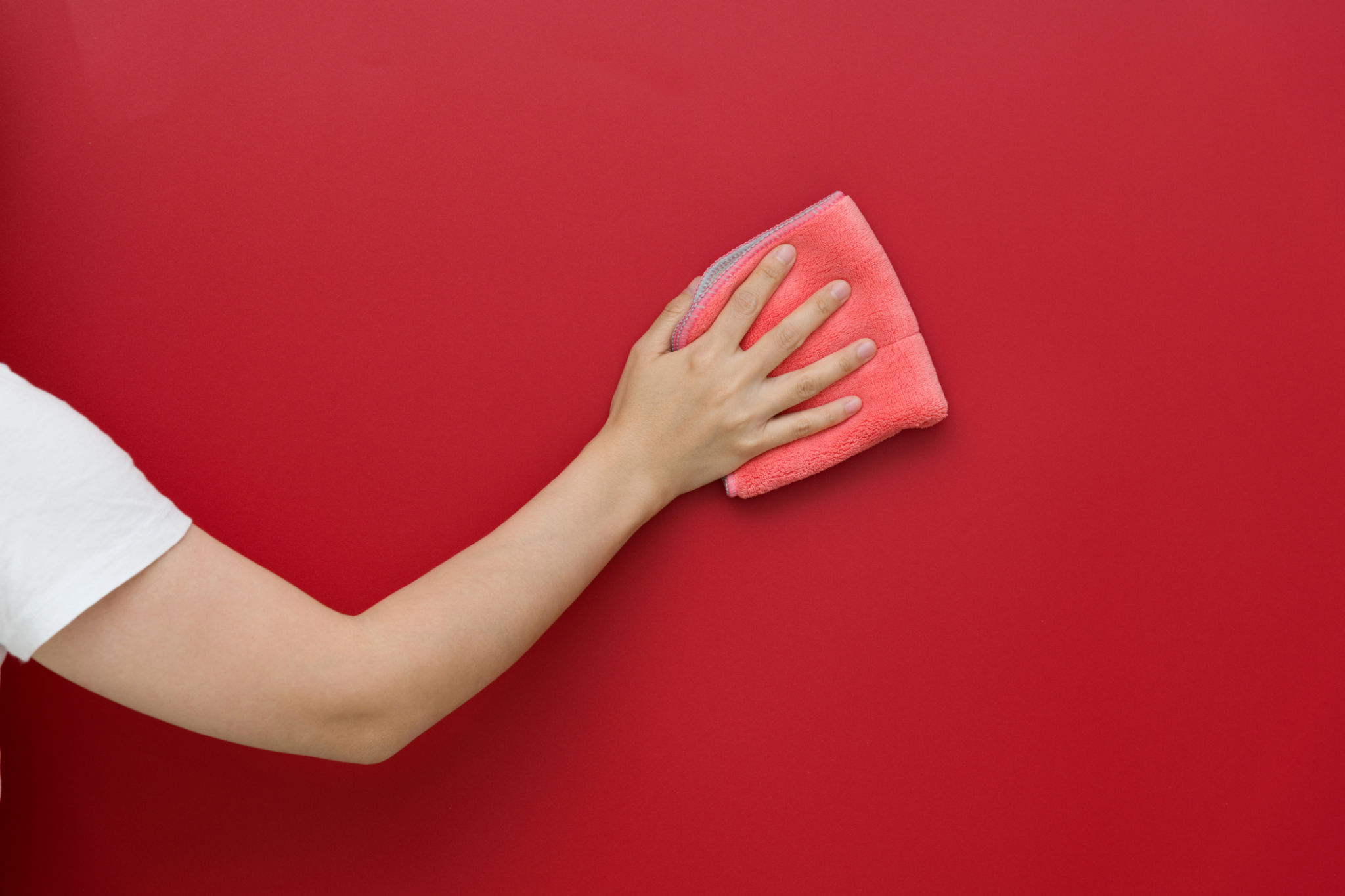Common Mistakes in Wallpaper Removal and How to Avoid Them
Understanding the Challenges of Wallpaper Removal
Removing wallpaper can be a daunting task, often more complicated than initially anticipated. Many people underestimate the intricacies involved, leading to frustration and unexpected challenges. This blog post will guide you through common mistakes made during wallpaper removal and provide tips on how to avoid them, ensuring a smooth and efficient process.
The first mistake many make is not assessing the type of wallpaper they are dealing with. Different materials require different removal techniques. For instance, vinyl wallpaper might require a different approach compared to fabric-backed wallpaper.

Skipping the Preparation Stage
Preparation is key to any successful project, and wallpaper removal is no exception. A common oversight is skipping the preparation stage altogether. This can lead to unnecessary mess and potential damage to the walls underneath. Always start by clearing the room of furniture or covering it with protective cloths.
Another critical step is protecting your floors. Use drop cloths or plastic sheeting to cover floors and baseboards. This precaution will help prevent any damage from water or adhesive residue during the removal process.
Using the Wrong Tools
Using inappropriate tools can make wallpaper removal a frustrating experience. Many people attempt to remove wallpaper with just their hands or basic household items, which can be ineffective and time-consuming. Invest in a good quality scraper and a scoring tool for best results.

Steamers can also be beneficial, especially for stubborn wallpapers. They work by loosening the adhesive, making it easier to peel off the paper without damaging the wall.
Not Testing a Small Area First
Before diving into the wallpaper removal process, it's wise to test a small area first. This allows you to assess how easily the wallpaper comes off and whether any additional steps are needed. Skipping this step can lead to surprises if you encounter particularly stubborn sections.
Ignoring Adhesive Residue
Once the wallpaper is removed, many people make the mistake of ignoring leftover adhesive on the walls. This residue can cause issues when painting or applying new wallpaper. Use a mixture of warm water and vinegar or a specialized adhesive remover to clean any remaining glue thoroughly.

Finally, ensure that the walls are completely dry before proceeding with any new wall treatments. Moisture trapped under paint or new wallpaper can lead to bubbling and peeling.
Conclusion: Achieving a Smooth Finish
By understanding these common mistakes and how to avoid them, you can ensure that your wallpaper removal process is as smooth and efficient as possible. Proper preparation, using the right tools, and taking your time can make a significant difference in the outcome of your project.
Remember, patience is crucial. Rushing through the process will likely lead to errors and damage. By following these guidelines, you’ll be well on your way to achieving beautifully prepared walls ready for their next transformation.